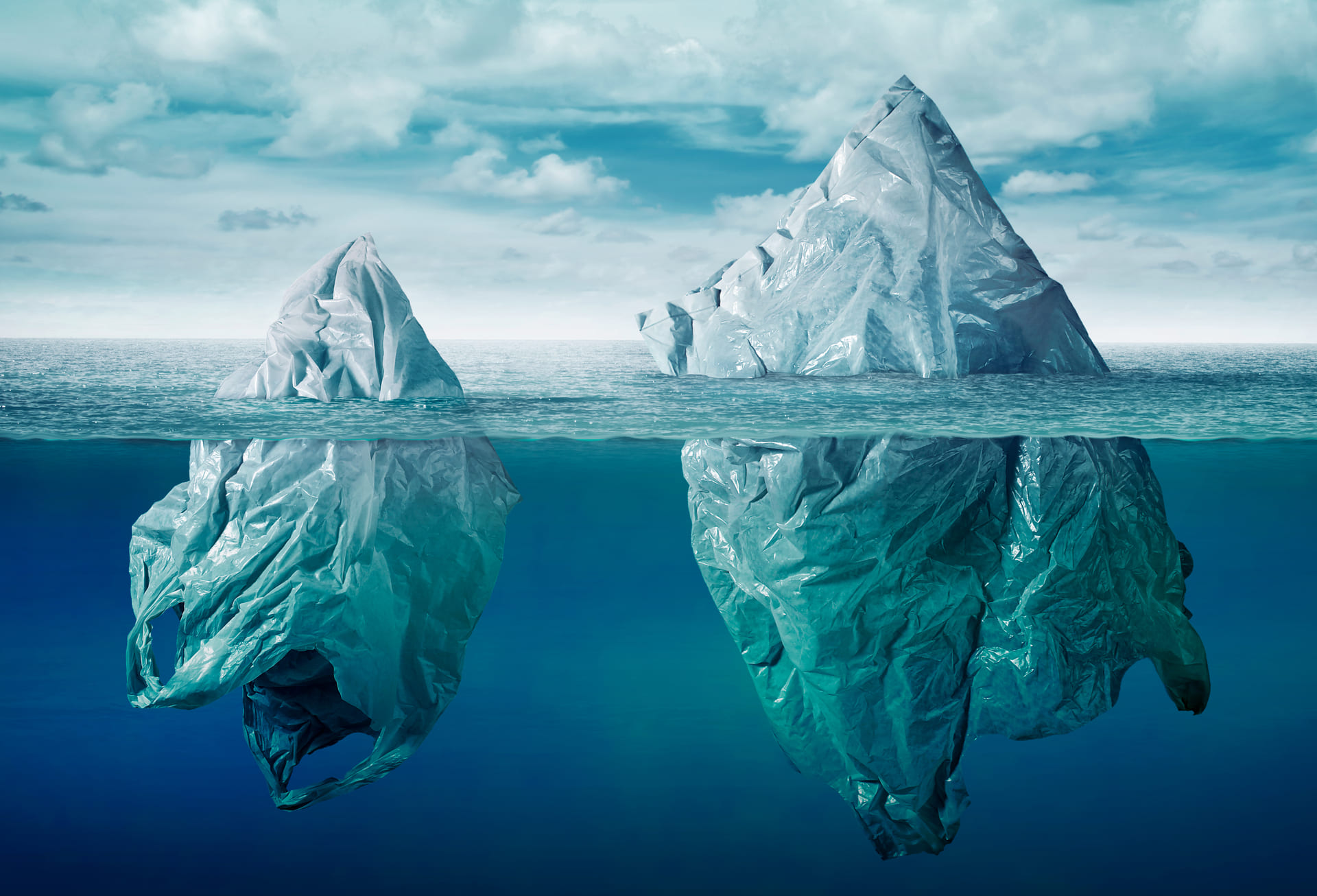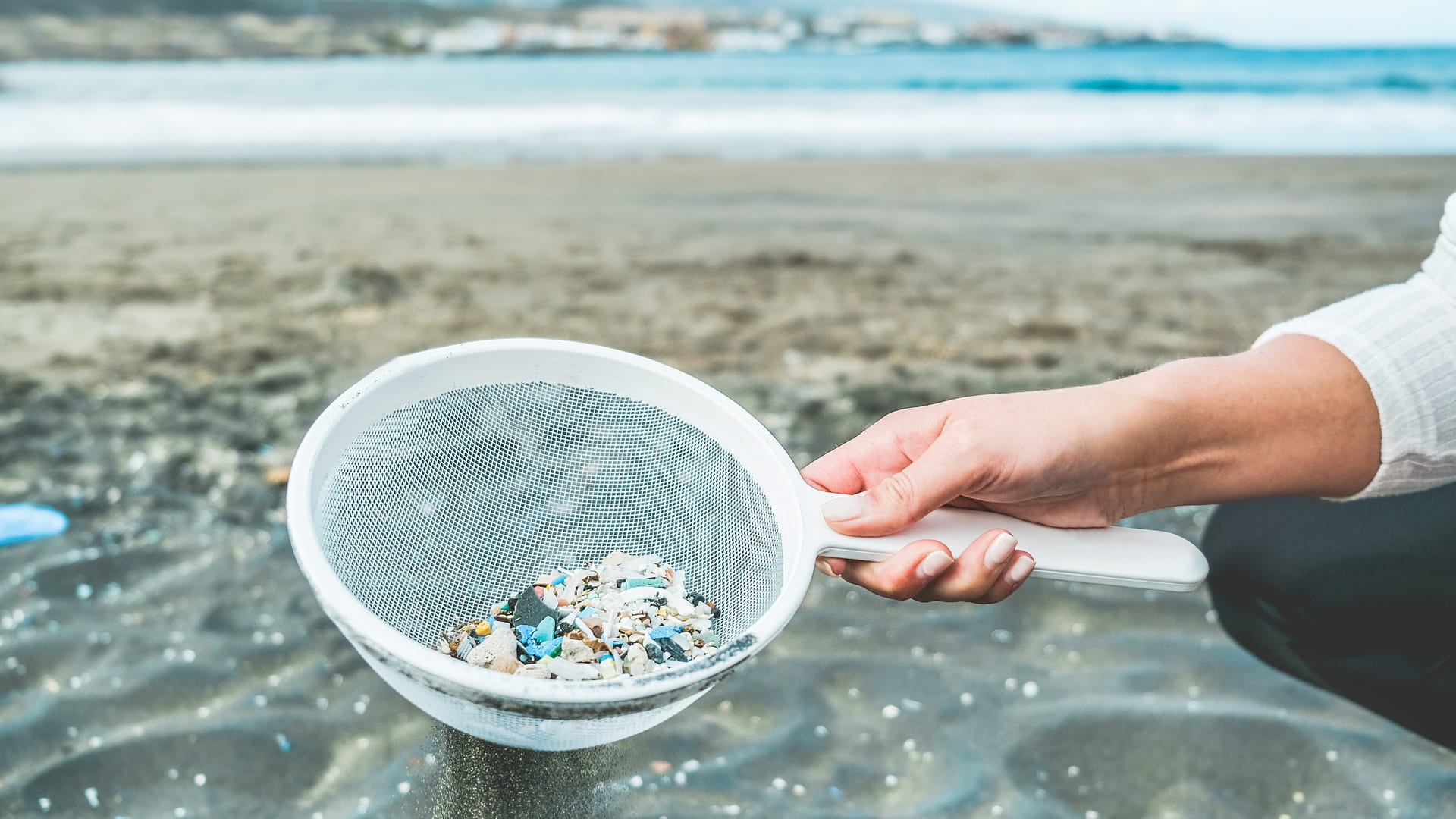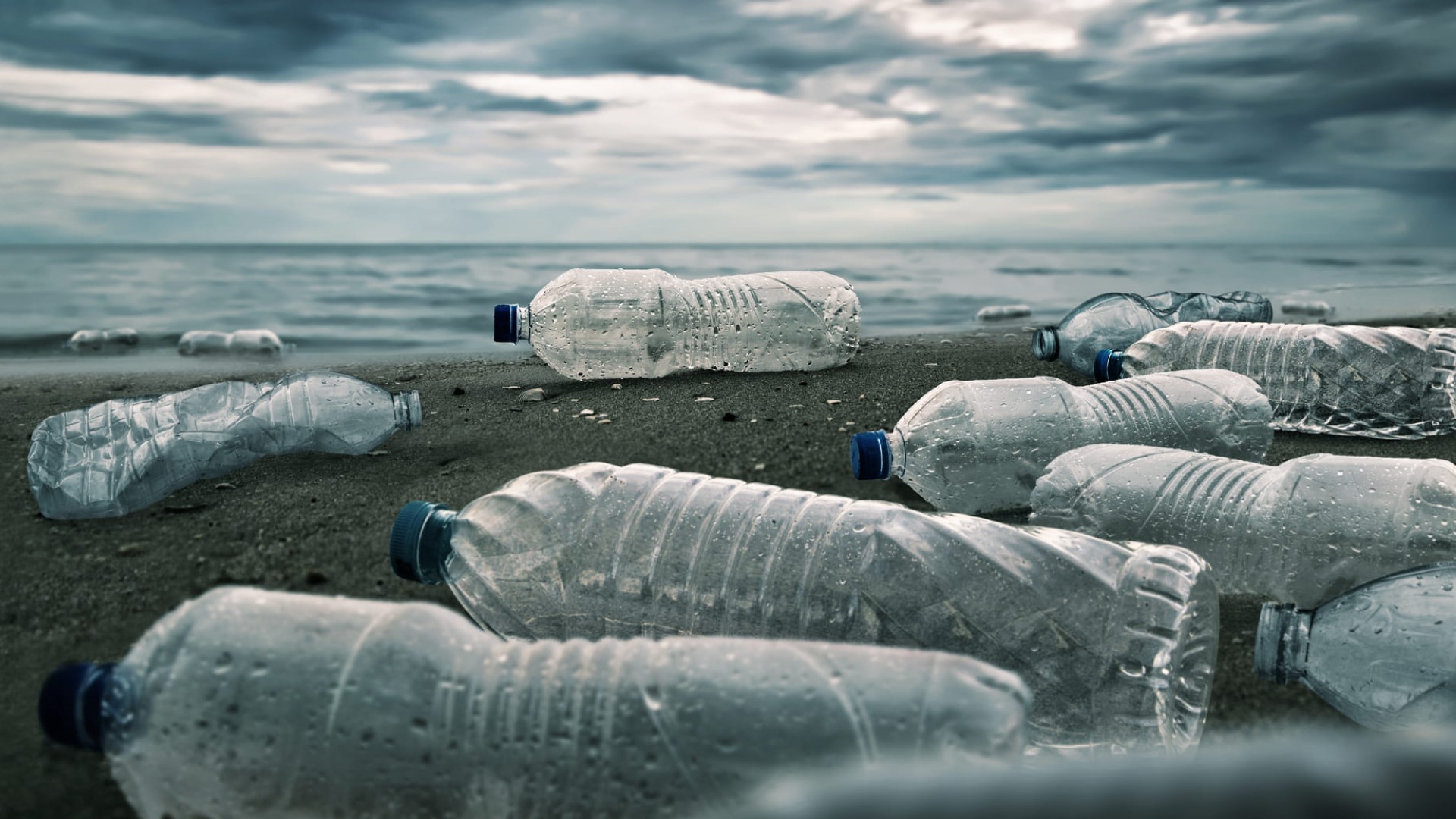Long-term solutions for marine plastics pollution
More than 8 million tonnes of plastics enter the oceans every year, which is the equivalent of dumping a garbage truck of plastics every minute. If no action is taken, that amount is expected to more than double in the next 10 years and oceans will have more plastic than fish by 2050.

Facts and figures on marine plastic pollution
Marine plastic pollution is a serious threat to both ocean health and public health worldwide. The European Commission’s recently announced Circular Economy Action Plan defines plastics as a focus sector where the potential for circularity is high.
50% of all plastic material is used only once before throwing away. Plastic, however, is a strong, flexible and durable material that degrades slowly. A plastic bottle, for example, can last for 450 years in a marine environment, slowly disintegrating into ever smaller pieces that never really disappear. Such pieces can be found almost everywhere, as shown by the discovery of microplastics embedded deep in the Arctic ice.

Plastics affect marine mammals and seabird species and are also easily mistaken by fish as plankton. With one in three fish caught for human consumption containing plastic, plastic travels up to our food chain and poses a real threat to public health.
Unfortunately, we cannot solve this problem by scooping all plastic out of the oceans. Only 1% of marine plastics float, while the vast majority sinks to the seafloor. To tackle this challenge, we need new ways to detect, monitor and collect marine plastics. But above all, we have to work out viable solutions to stop marine plastic pollution and bring the disposal of new plastic debris to an end.
Detecting and collecting marine plastics
Marine plastics are currently mainly monitored by visual selection from ships using plankton nets or estimated from plastics ingested by marine biota. Remote sensing can support these visual selection methods, using satellites, drones and cameras or sensors to detect and characterize plastics. As there is still insufficient knowledge on the distribution, types and sources of marine plastics, remote sensing can provide us with new possibilities and insights to fight the battle against plastic pollution.

Remote sensing is an important enabler for automatic monitoring systems to detect plastic pollution, which in turn are indispensable to develop new approaches for collecting plastics from the oceans. Partnerships between the research community and the industry are instrumental to develop innovative solutions. that are currently being tested. As 90% of the plastic pollution in the oceans comes from ten rivers, these tests are focusing on collecting plastics floating on the surface, underwater and at the bottom of rivers. Once solutions have been validated to clean up the rivers, tests can start addressing the plastic pollution in our seas before going to the oceans.
Working out viable solutions to stop marine plastic pollution
While detection and collection of marine plastics are essential to tackle the existing plastic pollution in our oceans, we also need to work out viable solutions to bring the accumulation of plastic debris to an end in the long run.
Marine plastic pollution is symptomatic of failing waste and materials management systems on a global scale. It’s not just caused by the countries that are visibly affected by it. It’s a complex problem caused by a combination of several factors. Although it may seem tempting to come up with simplistic remedies to get people to take action, we should be aware of the fact that complex problems call for complex solutions.
The ban on single-use plastics in itself will not lead to a sustainable solution or to more sustainability. Stopping marine plastic pollution should encourage us to work out more viable and circular solutions.
Making circularity the mainstream in our lives
That’s exactly what the European Commission’s new Circular Economy Action Plan aims to achieve. As the Commission plans to launch concrete actions on plastics, the focus will be on avoiding plastic waste altogether and transforming it into secondary resources.
“The new Plan will make circularity the mainstream in our lives and speed up the green transition of our economy,” according to Virginijus Sinkevičius, Commissioner for the Environment, Oceans and Fisheries.
